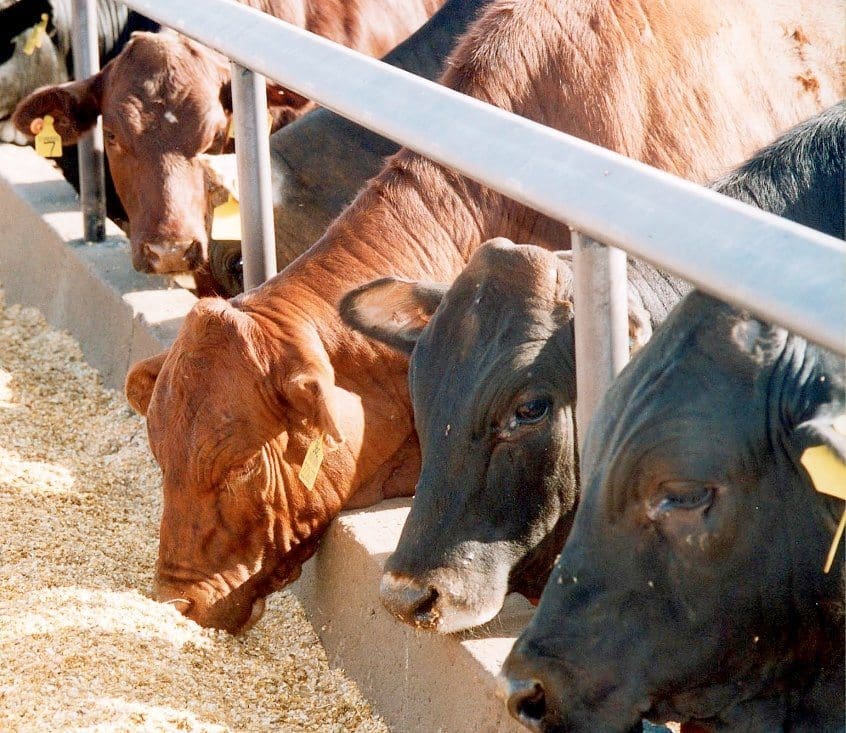Often unnoticed in beef cattle diets, mycotoxins can cause a range of issues including weakened immune responses, which may lead to secondary infections, reduced growth rates, compromised reproductive performance, lameness, and even gangrene. Identifying mycotoxin-related illnesses can be difficult, and antibiotics offer little to no relief. Therefore, understanding the risks posed by mycotoxins and implementing proper prevention strategies are essential to safeguarding cattle health.
Mycotoxins are produced by certain fungi, including molds, and can be found in virtually all forages and feeds consumed by cattle. The absence of visible mold or ergot bodies in forage, grains, or screenings does not guarantee mycotoxins are not present. These toxins are invisible, colorless, and odorless. Moreover, the presence of multiple mycotoxins in a single feed can amplify negative effects on the animal.
When Are Mycotoxins Most Dangerous?
- If feed is suspected to be contaminated or conditions are favorable for mycotoxin production.
- If mold is visibly present in a feed that constitutes a significant portion of the diet.
- If large percentages of the herd show signs of poor production performance or declining health.
- If declines in performance or health occur without an apparent cause.
How to Protect Your Cattle
Managing mycotoxin risks involves focusing on four key areas: awareness, feed testing, implementing best practices for feed quality, and maintaining overall cattle health.


